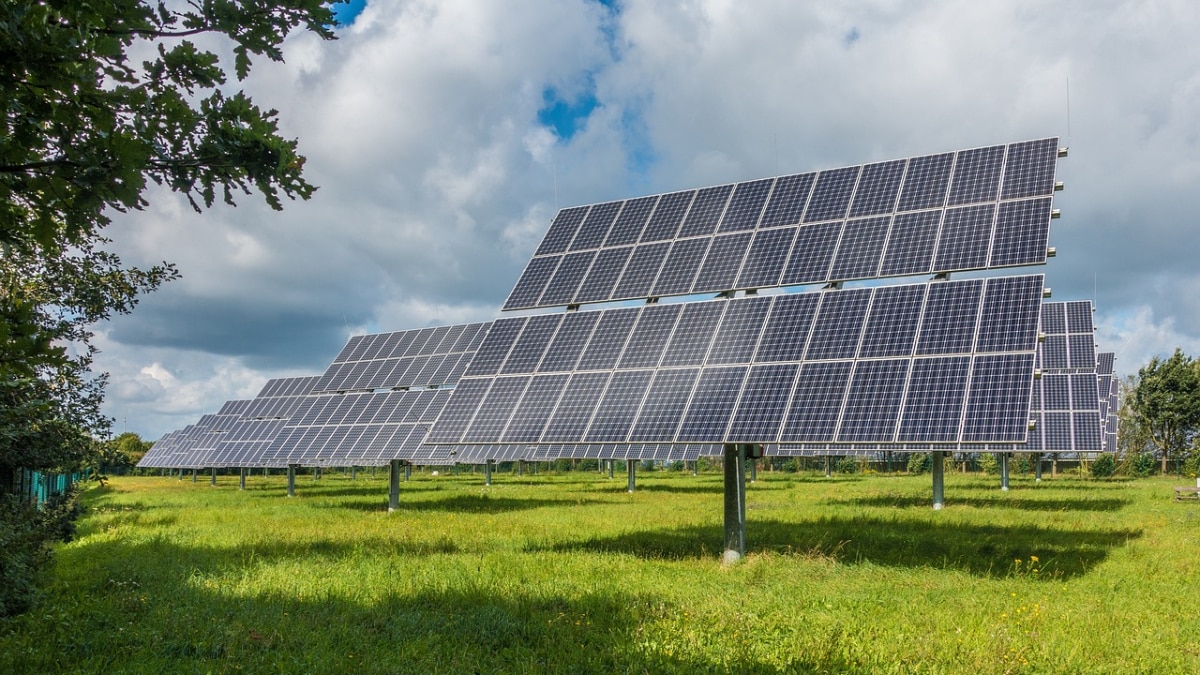By Damian Miller
The short story is that solar energy is now a NO-BRAINER. What this means is that solar energy has reached the point where every commercial and industrial user, and every residential owner with a roof, should look at investing in solar energy to reduce their electricity bill.
Rooftop Solar
First, let’s consider rooftop solar for commercial and industrial (C&I) users where the average system size is roughly 250 kilowatts. C&I users pay more in general for their electricity than most residential users across India. And so, when they invest in rooftop solar, the paybacks are nothing short of awesome. Payback to C&I users can be as low as just 2 years, with an average more around 3 years.
So imagine, after 2-3 years, you have payback, but then solar panels are warranted to last for 25 years. What this means is that electricity from your solar panels is effectively free (and warranted as free) for 22-23 years!
Or put another way, the amortised cost of rooftop solar over 25 years comes out as Rs 2-2.5 per kWh (depending on site conditions and size) while grid electricity is on average Rs 8-9 per kWh for C&I users.
The typical C&I user usually has enough roof space, and an electricity bill proportionate to roof space, to reduce their electricity bill by on average 40 per cent. Some users with a lot of roof space and limited electricity needs (think warehouses or auto showrooms) can reduce their bill by 80-100 per cent.
Of course, some C&I users such as foundries or die-cast companies who use electric furnaces will not have enough roof space and will need to look off-site at a solar park to enable them to offset their large electricity bills. Here again, solar and the policy framework in India known as ‘open access’ have the answer. A C&I user can own or pay for power from a solar park, which will basically see them reduce their electricity bill substantially.
Solar Park
Take the case of ownership of a solar park (average system size roughly 2.5 megawatts), which is the model generally offered to larger SME users. Here, the user can expect a slightly longer payback, but still in the range of 3-4 years (instead of 2-3 years from rooftop solar). The reason for the slightly longer payback is the additional cost of land and common infrastructure as well as grid evacuation costs.
However, the economics are still a no-brainer for users with big electricity bills and relatively limited roof space. Users can expect the cost of solar to work out at Rs 3.5 per kWh compared to grid power of on average Rs 8-9 per unit. Moreover, owning the land under the solar array provides additional value through land appreciation.
The case for rooftop solar and solar park adoption by C&I users is a commercial case independent of government support. But the economy also has a small sweetener in the form of a 40 per cent accelerated depreciation from the Central Government. This means a rooftop solar or solar park acquisition can be written off by a C&I user over 4-5 years.
Solar Energy For Homes
Now let us look at a very different user: the residential owner. Here, owners now benefit under the PM Surya Ghar Muft Bijli Yojana with a capital subsidy of Rs 78,000 from the Centre (roughly 35 per cent on a 3-kilowatt system). In addition, some states such as UP top up this subsidy with a further subsidy for rooftop solar. In this segment, the average system size is around 5 kilowatts.
For the residential owner, as the cost of domestic power is typically cheaper than power to C&I users, the payback is a little longer (4-5 years). But it still proves to be an elegant way for households with relatively larger electricity bills to see a sharp reduction in their monthly outflow for power, and achieve relatively quick payback on their investment. Additionally, an owner can add a new lithium battery for reliable power in the face of power cuts, warrantied over 10 years.
About the current cost/investment climate for solar, there has never been a better time to invest! After risk from COVID-19 declined in FY 2022-23, the price of solar shot up, along with many commodity prices in the world, due to increased demand and relative supply chain constraints. This supply-demand imbalance has now eased, and solar panel costs have bottomed out at historic lows in this financial year FY 24-25.
Now is the time to buy, and there is no more reason to wait. Generally, users typically wait because they have other priorities for their money—capex investments among C&I users, or, for example, home improvements/new home acquisitions among residential owners. But every day you delay investing in solar, you are losing money. Buy solar now, and start saving on your electricity bill today!
(The author is the Co-founder & CEO, Orb Energy)
Disclaimer: The opinions, beliefs, and views expressed by the various authors and forum participants on this website are personal and do not reflect the opinions, beliefs, and views of ABP Network Pvt. Ltd.


